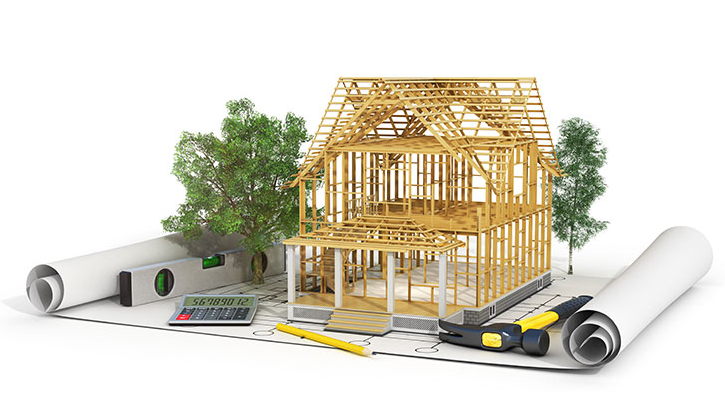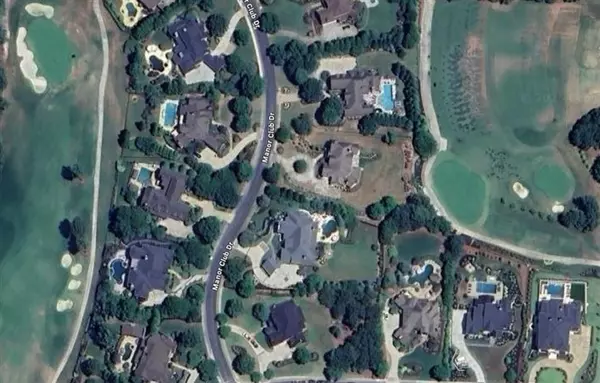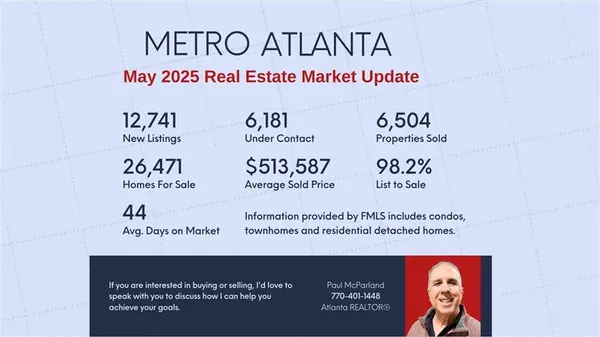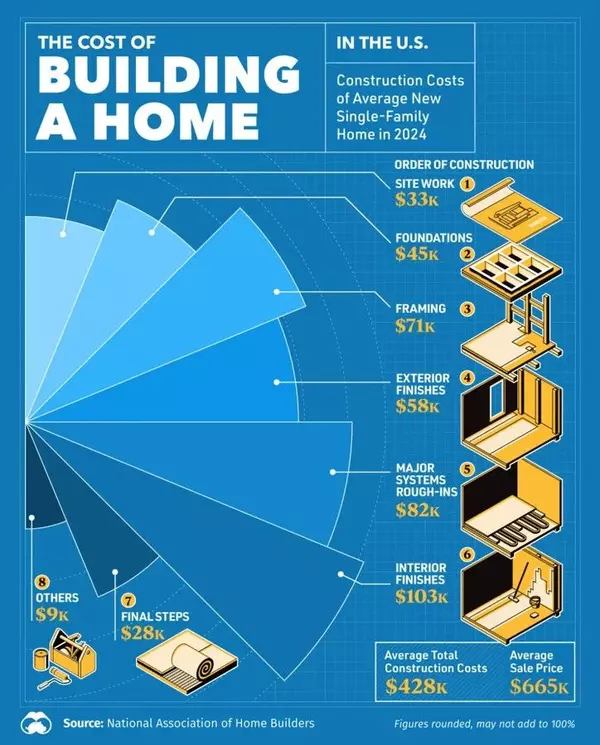New Home Nightmares: 10 Red Flags Builders Don't Want You to Notice

The allure of a brand-new home is undeniable. That fresh paint smell, pristine fixtures, and the promise of being the first to live in a space can be intoxicating. However, new construction doesn't automatically guarantee quality. In fact, the rush to complete developments and maximize profits can sometimes lead to cutting corners that aren't immediately apparent to excited homebuyers. As a real estate agent who has helped countless buyers navigate the Metro Atlanta market, I’ve seen firsthand how small oversights can turn into costly headaches. Here’s your comprehensive guide to identifying potential problems before making what could be a costly mistake.
Why New Homes Can Be Problematic
Before diving into specific red flags, it's important to understand why new construction homes can sometimes be problematic. The construction industry faces several challenges that can impact quality:
- Labor shortages leading to inexperienced workers
- Pressure to complete projects quickly to meet financial deadlines
- Rising material costs encouraging the use of cheaper alternatives
- Complex modern building systems requiring specialized knowledge
- High demand reducing the incentive to maintain quality standards
The 10 Red Flags to Watch For
- Poor Drainage and Grading Issues
One of the most costly yet frequently overlooked problems in new construction is improper grading and drainage. While a newly landscaped yard might look beautiful, the real test comes during the first heavy rain.
Warning signs include:
- Water pooling near the foundation
- Soil sloping toward the house instead of away
- Downspouts that discharge too close to the foundation
- Basement or crawl space dampness
- Erosion patterns forming after rain
Long-term consequences of poor drainage can include foundation damage, mold growth, and structural issues that could cost tens of thousands to repair.
- Rushed or Incomplete Foundations
The foundation is literally what your house is built upon, and rushing this crucial phase can lead to disaster. Unfortunately, tight construction schedules sometimes push builders to proceed before concrete has properly cured.
Look for:
- Cracks in the foundation walls (not all cracks are problematic, but diagonal cracks or those wider than 1/4 inch warrant investigation)
- Uneven floors or gaps between floors and walls
- Doors that don't close properly
- Windows that stick or appear misaligned
- Evidence of water seepage or efflorescence on foundation walls
- HVAC System Shortcuts
Heating, ventilation, and air conditioning systems are complex and expensive. Some builders may cut corners here, leading to inefficient operation and future problems.
Key issues to check:
- Improperly sized units for the home's square footage
- Poor ductwork design or installation
- Missing or inadequate insulation around ducts
- Incorrect thermostat placement
- Limited access for maintenance and repairs
A properly designed HVAC system should maintain consistent temperatures throughout the home and operate quietly and efficiently.
- Electrical System Deficiencies
Modern homes require robust electrical systems to handle today's technology demands. Unfortunately, some builders stick to minimum code requirements that may prove inadequate.
Watch for:
- Too few electrical outlets
- Missing GFCI protection in required areas
- Improperly grounded outlets
- Electrical panels that are already at capacity
- Poor placement of outlets and switches
- Missing dedicated circuits for major appliances
- Plumbing Shortcuts
Plumbing problems can be particularly insidious because they often aren't apparent until significant damage has occurred. Quality plumbing work requires attention to detail and proper materials.
Red flags include:
- Water pressure issues
- Slow drains
- Noisy pipes
- Improperly vented fixtures
- Missing or inadequate pipe insulation
- Poor access to shut-off valves
- Evidence of leaks or water damage
- Window and Door Installation Issues
Properly installed windows and doors are crucial for energy efficiency and weather protection. Unfortunately, this is an area where rushed work is common.
Look for:
- Gaps around frames
- Difficult operation
- Condensation between panes
- Missing or improperly installed flashing
- Water stains around frames
- Drafts or air leaks
- Roof and Attic Concerns
A new roof should be flawless, but rushed installation or poor materials can lead to premature failure.
Check for:
- Uneven or missing shingles
- Poor attic ventilation
- Inadequate insulation
- Visible gaps in roof components
- Improperly installed flashing around chimneys and vents
- Signs of water intrusion
- Interior Finishing Red Flags
While cosmetic issues might seem minor, they often indicate deeper problems with attention to detail and quality control.
Watch for:
- Uneven trim work or poor joints
- Gaps in hardwood flooring
- Crooked cabinet installation
- Uneven tile work
- Paint overspray or inconsistent coverage
- Drywall seams showing through paint
- Site Preparation and Soil Issues
The land your home is built on is as important as the structure itself. Poor site preparation can lead to ongoing problems.
Consider:
- Evidence of erosion
- Settling or sinking areas
- Poor soil compaction
- Inadequate retaining walls
- Tree removal impact on soil stability
- Water management issues
- Documentation and Warranty Concerns
The final red flag category involves the paperwork and guarantees that should come with your new home.
Be wary of:
- Vague or limited warranties
- Missing building permits or inspections
- Lack of documentation for major systems
- Unclear maintenance requirements
- Resistant or evasive answers to questions
- Pressure to waive inspections or rights
How to Protect Yourself
Before Purchase:
- Hire an independent inspector experienced with new construction.
- Research the builder's reputation and track record.
- Visit during different stages of construction.
- Document everything in writing.
- Review all warranties and guarantees carefully.
During Construction:
- Make regular site visits.
- Take photos of each phase.
- Question anything that seems unusual.
- Keep a detailed log of concerns and communications.
- Don't be afraid to speak up about issues.
After Move-In:
- Document any issues immediately.
- Follow proper channels for warranty claims.
- Keep detailed records of all communications.
- Understand your warranty timelines.
- Consider a home warranty for after the builder's warranty expires.
Final Thoughts
Buying a new home is exciting, but it’s important to approach the process with a critical eye. Builders are in business to make money, and while many take pride in quality craftsmanship, others focus on speed and cost-cutting. If you're considering new construction in Metro Atlanta, working with an experienced real estate agent who knows what to look for can help you avoid costly surprises. Remember—an independent home inspection is always worth the investment. Your dream home should be a blessing, not a burden!
Categories
Recent Posts











"Whether buying or selling a home, my #1 job is to advise my clients so they optimize their largest financial investment while avoiding any pitfalls that could cost them tens of thousands of dollars. "
